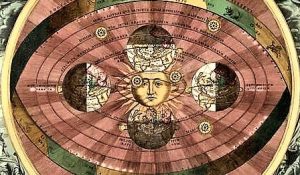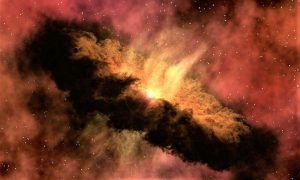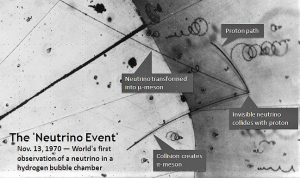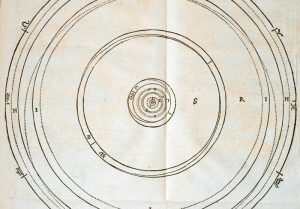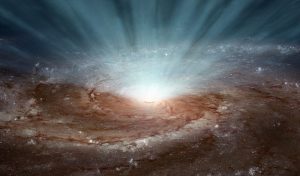Heliocentrism
Heliocentrism is an astronomical model that explains that the earth and planets move around the sun, which remains in a static position, and is located in the center of the universe. The word comes from "helios" which means sun and "kentron" which means center. It is the opposite version of Geocentrism, which believed that the earth was the center of the universe. The theory told us that anyone who stopped to observe the sky would perceive that the earth was in a static position, in a single place, while everything that appeared in the east was hidden in the west. So, we can say that heliocentrism is the true astronomical model, which explains that the sun is the center of the universe and our galaxy, and that in it we also find the Milky Way, around which the planets and the earth revolve.
What is heliocentrism?
Heliocentrism is an astronomical model that explained that the earth and planets of the universe move only around the sun, which is held in one place and is located in the center of the universe. It is the astronomical model that explains the universe and the galaxy.
About heliocentrism
Copernicus studied for many years and knew Ptolemaic theory very well. To explain the exact planetary movements, it was necessary to add more and more spheres along which the planets moving. Copernicus noted that all the planets and the sun, had the same movement in one year’s time, and thought that this movement could be explained by the annual movement that the earth gave around the sun. His hypothesis that all planets revolve around the sun was reinforced by the unique characteristics of the sun, which was the only one in charge of giving light and heat to all the other planets. Therefore, it was very logical that the sun was the center of the planetary system.
Stars moved daily around the earth, according to Copernicus, and this could be due to Earth’s rotation on its axis which was done in a 24-hour period. The view experienced by an object that revolves around itself is identical to the view experienced when all other objects revolve around it. In the book he wrote, Copernicus took it upon himself to explain the motion of planets and stars in a simpler way than Ptolemaic theory. However, no difference of observation can be pointed out between the two theories. Both predict identical planetary motions.
Based on ongoing observations regarding planetary movements, as well as earlier theories of classical antiquity and the Islamic world, Copernicus proposed a model of the Universe where the Earth, planets and stars revolved around the Sun. By doing so, he solved all mathematical problems and inconsistencies that arise from the classical geocentric model and laid the foundations of modern astronomy. Apart from this, the model created by Copernicus was the first astronomical system that could provide a complete and detailed explanation of how the Universe functioned. His model not only solved problems derived from the Ptolemaic system but provided a simplified view of the universe which removed the complicated mathematical devices that were used to make the geocentric model work. And over time, the model gained advocates who collaborated to make it the accepted convention of astronomy.
Heliocentrism history
During the 16th century, during the Renaissance period, a new model based on mathematics emerged, presented by Nicolas Copernicus, who was an astronomer, physicist, diplomat, economist and Catholic cleric. This astronomer defined his theories through a book he wrote known as the “Copernican revolution“. This book contained large studies of elliptical orbits by means of a telescope. Over time, some scholars such as William Herschel, Bessel, and others also concluded that the sun was not really the center of the universe. In 1920, Edwin Hubble taught the world that the earth was part of a whole along a pass known as the Milky Way, and that this pass belonged at the same time to an enormous group of galaxies.
Heliocentrism today
Nicolas Copernicus is largely cited as the father of modern astronomy and he is the reason why we now know so much about space. Learning that the Earth revolves around the sun is a fact we learn during our early school years, while almost everyone refused to believe in the theory of the time, called Renaissance. Although he was not the one who persuaded other scientists about the heliocentric theory, he was the one who started it all, the one who would establish the scientific world for almost six hundred years later in the future.
How to cite this article?
Briceño V., Gabriela. (2019). Heliocentrism. Recovered on 24 February, 2024, de Euston96: https://www.euston96.com/en/heliocentrism/
